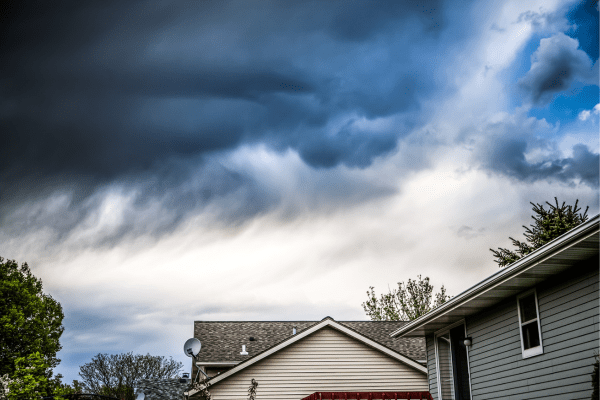The 2023 hurricane season has already thrown some curve balls at forecasters, and it’s just getting started.
This year, the Weather Company, an IBM business, is forecasting 17 named storms for the 2023 season, with four of those storms expected to reach Category 3 status. This prediction is in line with the “near-average” hurricane season… but there are two competing factors to be aware of that could send those predicted numbers in either direction.
The first is El Niño . In El Niño hurricane seasons, stronger shearing winds (winds that rapidly change direction or velocity) often occur over the Caribbean Sea and some adjoining parts of the Atlantic Basin. This tends to limit the number and intensity of storms and hurricanes—especially if El Niño is stronger—meaning there could be less storms than predicted.
The second is that ocean waters in the prime breeding area for major hurricanes—often referred to as the “Main Development Region”—have posted record-warm temperatures for mid-June, temperatures usually not seen until the first week of September.
Why does this matter? If other factors are equal, the deeper and warmer the ocean water is, the stronger a hurricane can become. This means there could be more (and more powerful) storms than predicted. You can learn more about the effects of El Niño and warmer ocean waters here.
Don’t wait until a storm is in the weather forecast to learn how to prepare! Below are seven simple steps, outlined by Weather-Ready Nation & the NOAA, that you can do to get ready.
7 Simple Steps for Hurricane Preparedness
-
Determine your risk - Even if you don’t live right on the coast, you could face wind damage, heavy flooding, and more. Find out what the risk is for your area and start preparing now.
-
Develop an evacuation plan - In the event you are in an area that could be unsafe during a hurricane, you’ll need a safe place to go. Make a plan ahead of time—and don’t forget to include your pets!
-
Secure an insurance check-up - Speak to your insurance company to make sure you have enough coverage for your home, car, and/or boat. Don’t forget about adding flood insurance if you are at risk.
-
Stock up on supplies - Make sure you have enough supplies for the storm and what comes after. You should stock enough non-perishable food, water, and medicine to last each person in your family at least a week.
-
Strengthen your home - Make sure your home will stand up to the storm. Do you have materials to board up your windows and doors? Are your tree branches trimmed?
-
Identify trusted sources of information for a hurricane event - The NOAA’s National Hurricane Center and Central Pacific Hurricane Center are the official sources for hurricane forecasts and the issuance of hurricane watches and warnings. These organizations partner with more local weather and news outlets to bring you up-to-date information. Learn what alerts you can set up to stay in the know.
-
Make a hurricane plan - Write down your hurricane plan before storms are forecasted. Where will you go? What supplies do you need to buy so you’re prepared? At AmeriGas, safety is one of our core values. As a propane user, it is extremely important you review basic natural disaster propane safety information—especially as we enter more deeply into hurricane season.
At AmeriGas, safety is our highest priority. As a propane user it is extremely important you have reviewed basic propane safety information. As we get closer to hurricane season, make certain you review Propane Safety & Hurricanes information (located here). Visit www.propanesafetyfirst.com for propane safety related information.
Hurricanes are extreme weather events. Please make the time to check other sites such as Ready.gov and FEMA for a complete checklist of preparation activities and resources to assist.
Propane Safety Go to blog list page filtered for the category

